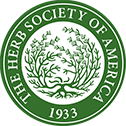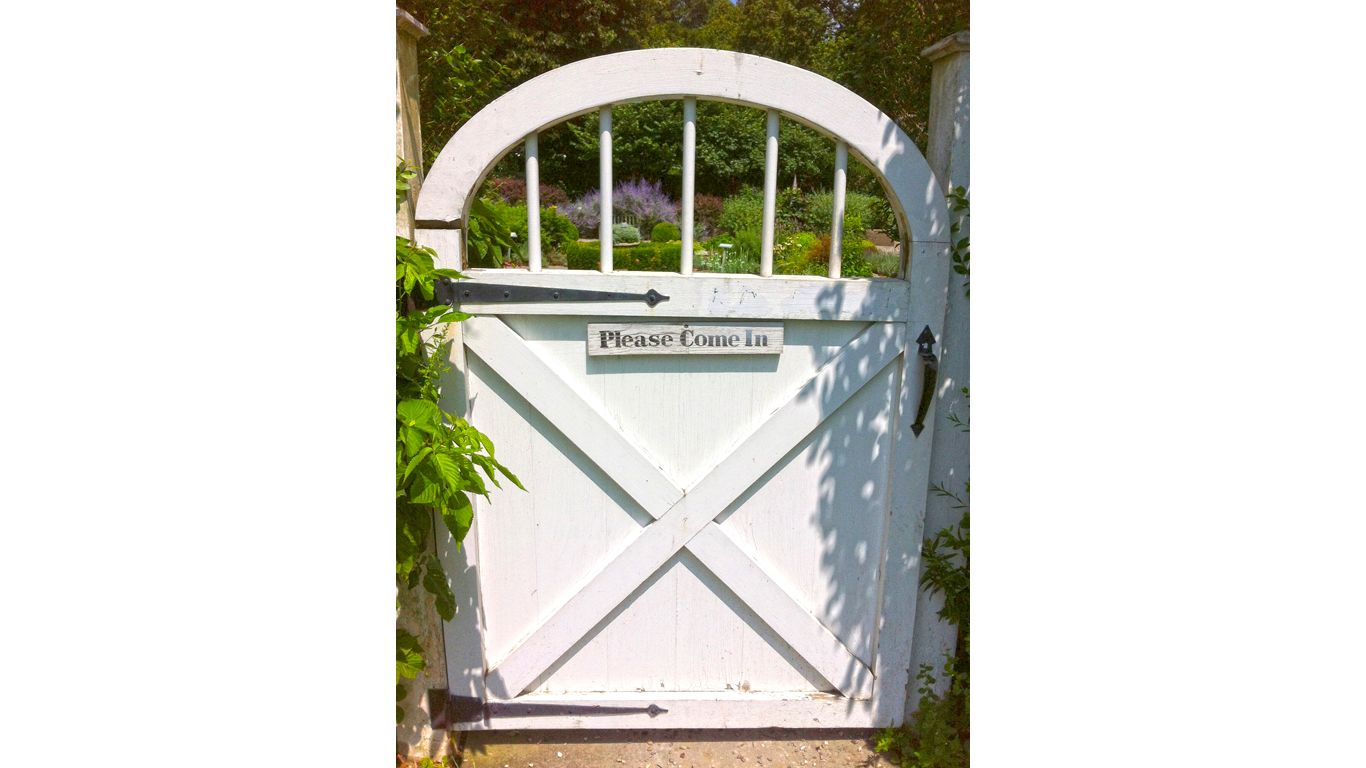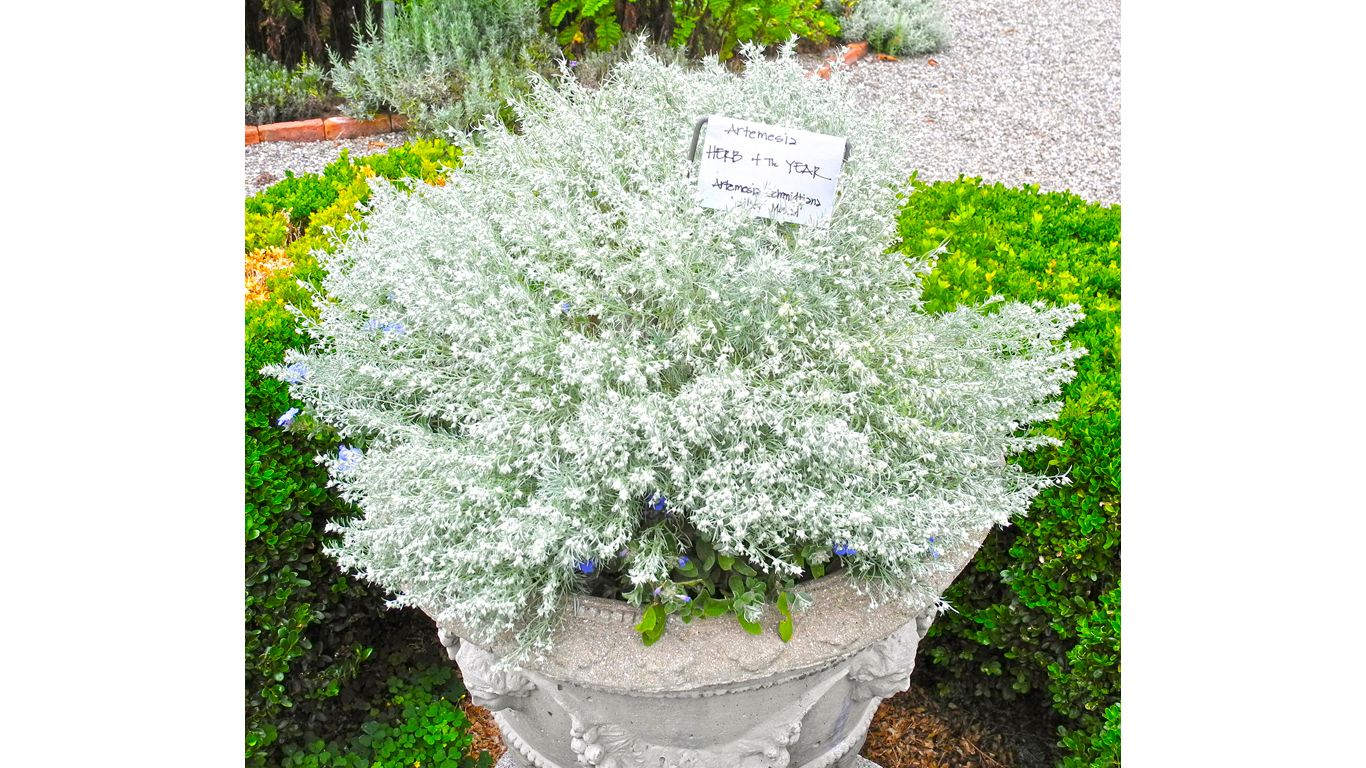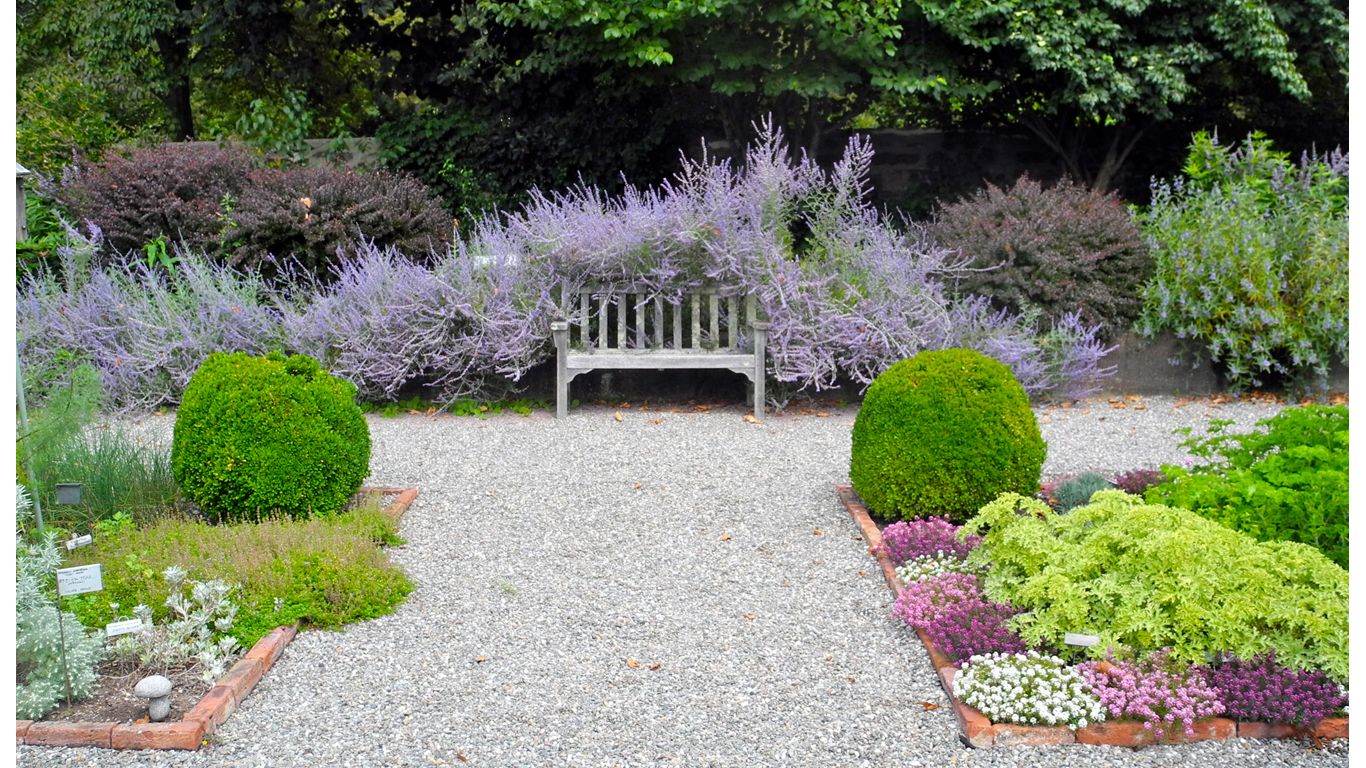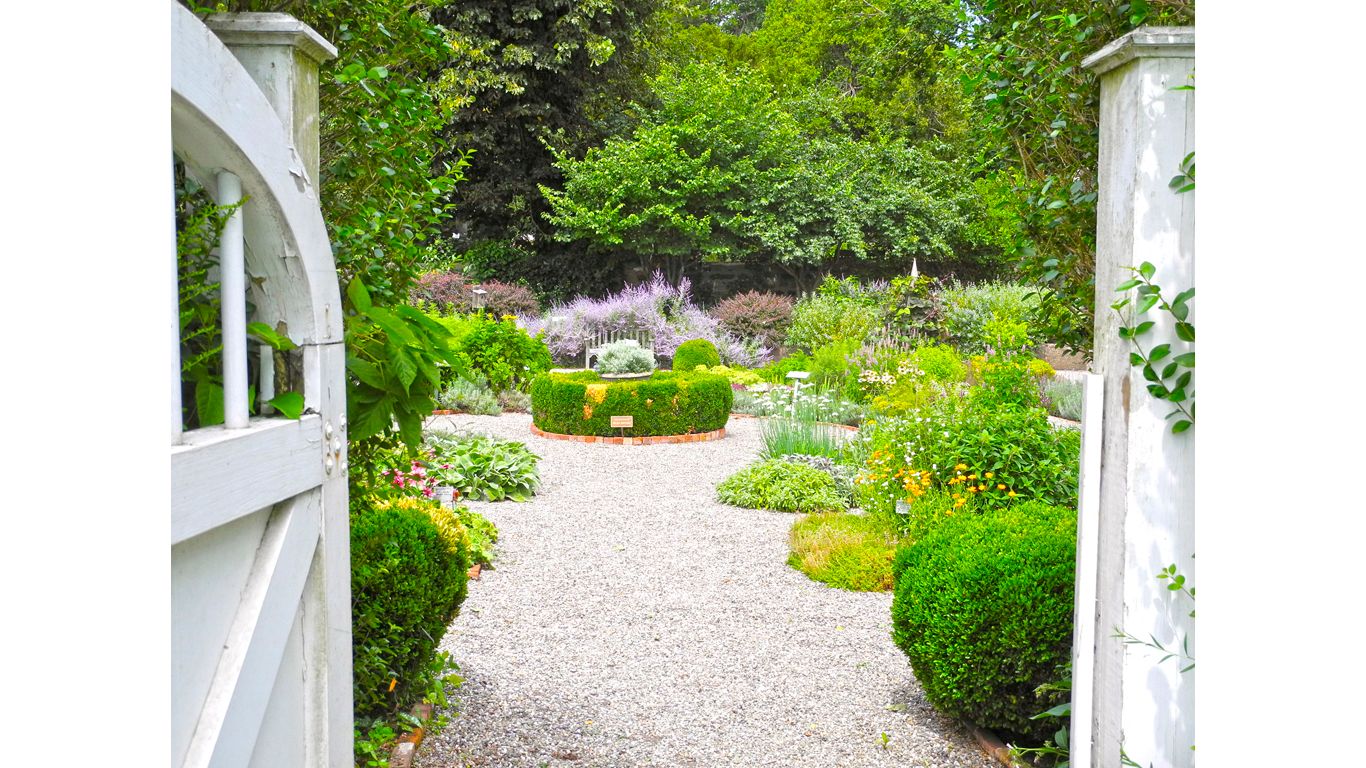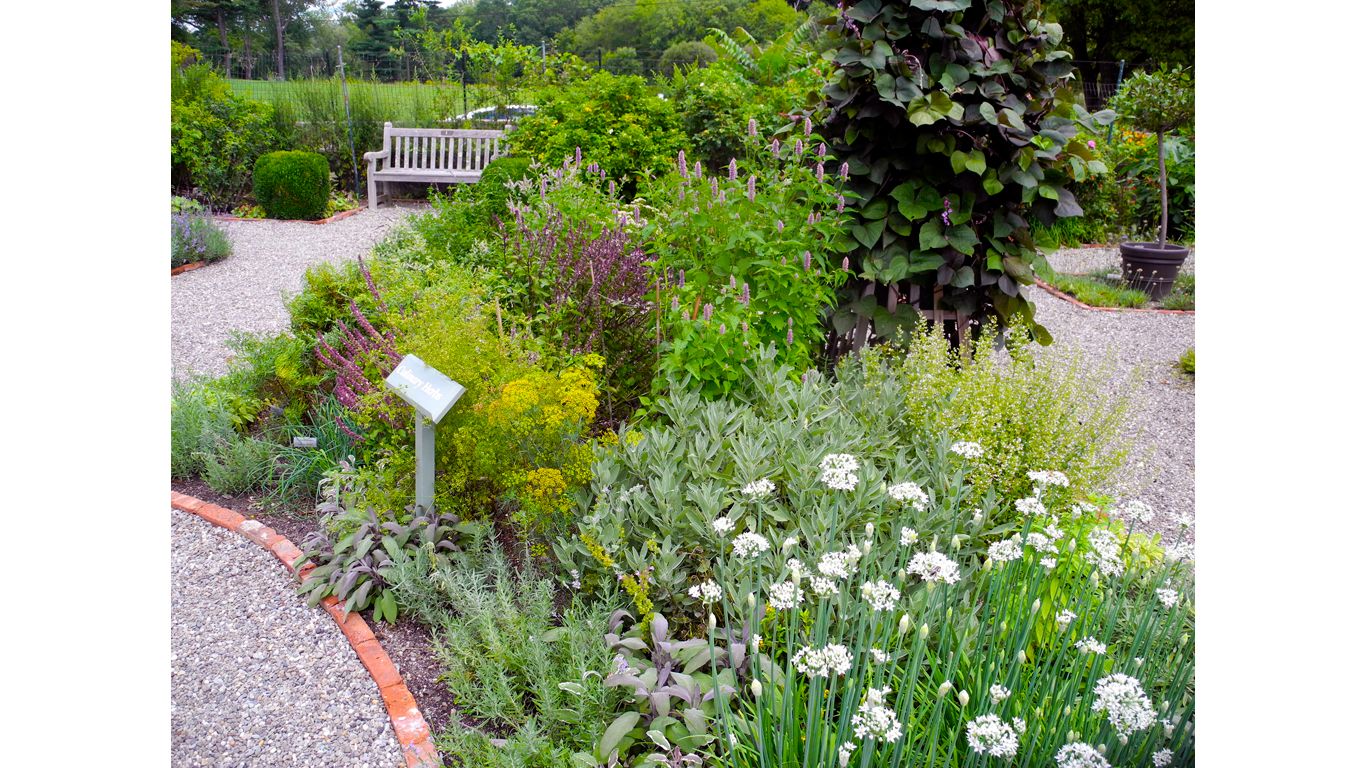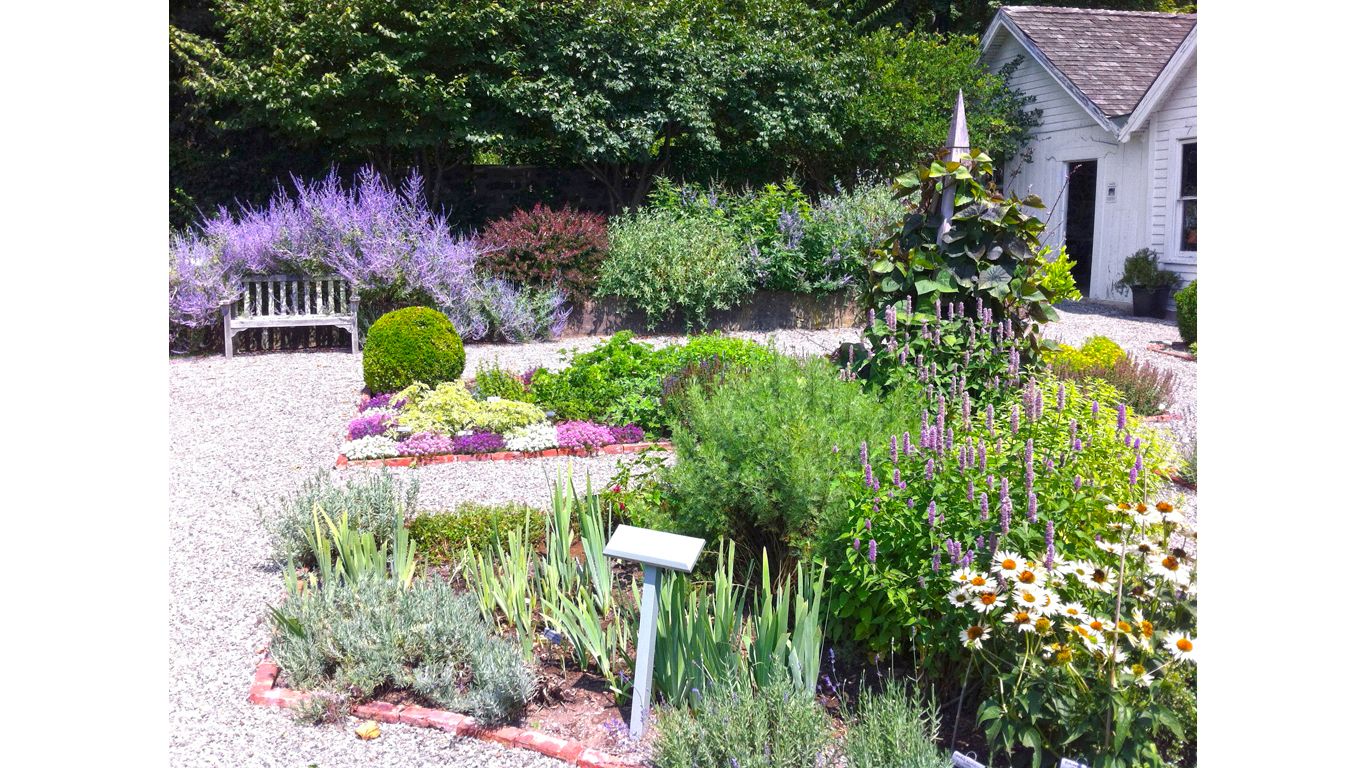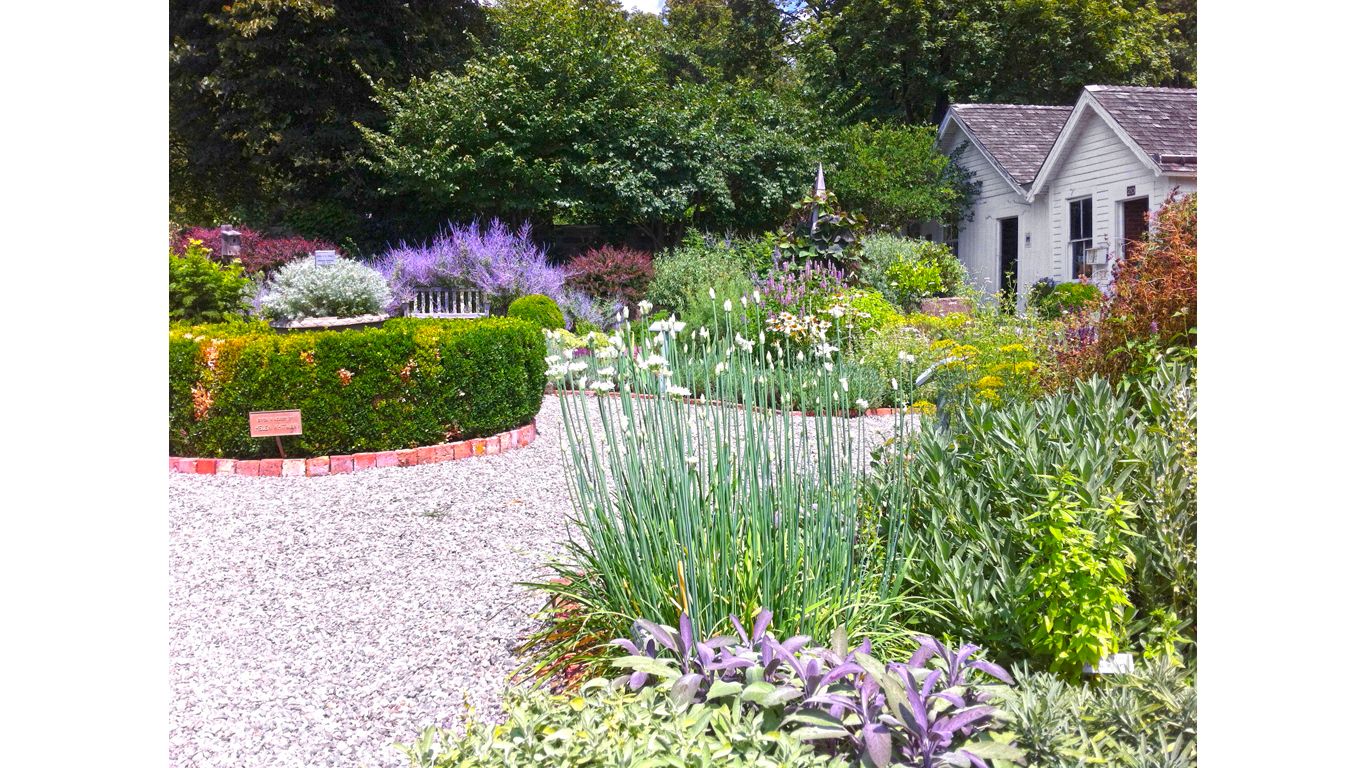Gardens of The Herb Society of America
New York Unit
New York Unit
BBACK TO GARDENS OF HSA ALBUM
NEW YORK UNIT’S HERB GARDEN
Our Herb Garden is located at the John Jay Homestead State Historic Site, 400 Route 22 in Katonah, New York. The site is administered by the New York State Office of Parks, Recreation and Historic Preservation. John Jay, who served as the first Chief Justice of the U.S. Supreme Court, among many other positions of public service, retired to this farm in 1801. It remained in the Jay family as a working farm until 1953, when it became a New York State Historic Site. There are many interesting and historic landscape and architectural features on the 62 acres. There are also several gardens, planted and maintained by volunteer gardening groups, including our unit’s herb garden. The grounds are open to the public everyday all year from dawn to dusk, free of charge. (There is a fee for a tour of the main house.) For more information, call the site office at (914) 232-5651.
Our Herb Garden was designed in 1991 for the site that was once the cutting garden and greenhouses of the Jay family. The designer was Page Dickey, a garden designer, writer, co-founder of the Garden Conservancy, and member of the New York Unit of the Herb Society of America. The garden is extremely large for an herb garden, about 5,550 square feet. Its layout is traditional and formal. Within the beds, the plantings tend to be more informal. From a central urn, the main paths radiate out, dividing the garden into four main sections of herbal plants according to use: medicinal, culinary, fragrance, and pest repellent. In addition, there is a special salvia border and a border of Rosa rugosas. The northern part of the garden contains a bed of dye plants and two long borders of shrubs and ground covers. For vertical interest, there are 4 tuteurs covered with lab lab vines, one in each of the main sections. There are also two historic potting sheds associated with the garden. An unusual and nice feature of the garden is the vantage point when one arrives. The parking area and the adjacent green space, elevated by a retaining wall, offer a bird's eye view of the entire garden and its layout.
This zone 6 garden is oriented to the south and east. Tall walls to the north and west serve as protection from harsh winter winds. These walls and the brick-edged gravel paths tend to hold heat, creating a very warm microclimate, ideal for herbs. A privet hedge on the south side provides some shade for the shade-loving herbs. Recently, we added Pro mix (a mixture of compost, humus, and sand, blended with leaf compost and sweet peat) and native sand (at a 2:1 ratio) to the soil in the beds to improve drainage and soil quality. The herbs are thriving.
In 1992, the New York Unit began the planting of the garden. With the exception of a special grant to redo the paths and edging, the unit has paid for all plant material and provided all the maintenance since its beginning. Volunteers from the unit work on Thursday mornings (and sometimes additional days) during the gardening season, generally from April through October. In recent years, we have hired one or two high school students as interns to help with the labor. Maintenance requires an average of about 700 hours per year. A group of our unit’s garden volunteers (about 8 members) is responsible for most of these hours. Other unit members help out from time to time. Funding for the garden is mainly derived from the profits from the unit’s annual Herb Fair in September. Volunteers also donate plants, tools, and whatever else is needed.
In 2010, our garden was certified by Green Bridges, of the Herb Society of America, for our use of native plants, non-use of herbicides and pesticides, use of organic fertilizers, and other environmentally friendly garden practices.
The garden is enjoyed daily by visitors to the John Jay Homestead site. A brochure, with a self-guided tour, is available for visitors. It is kept in a covered box outside the smaller potting shed. From time to time, school groups visit the garden with a docent. Sometimes garden clubs make special arrangements for a tour of the garden. Occasionally, our unit hosts small parties in the herb garden, often for garden volunteers.


